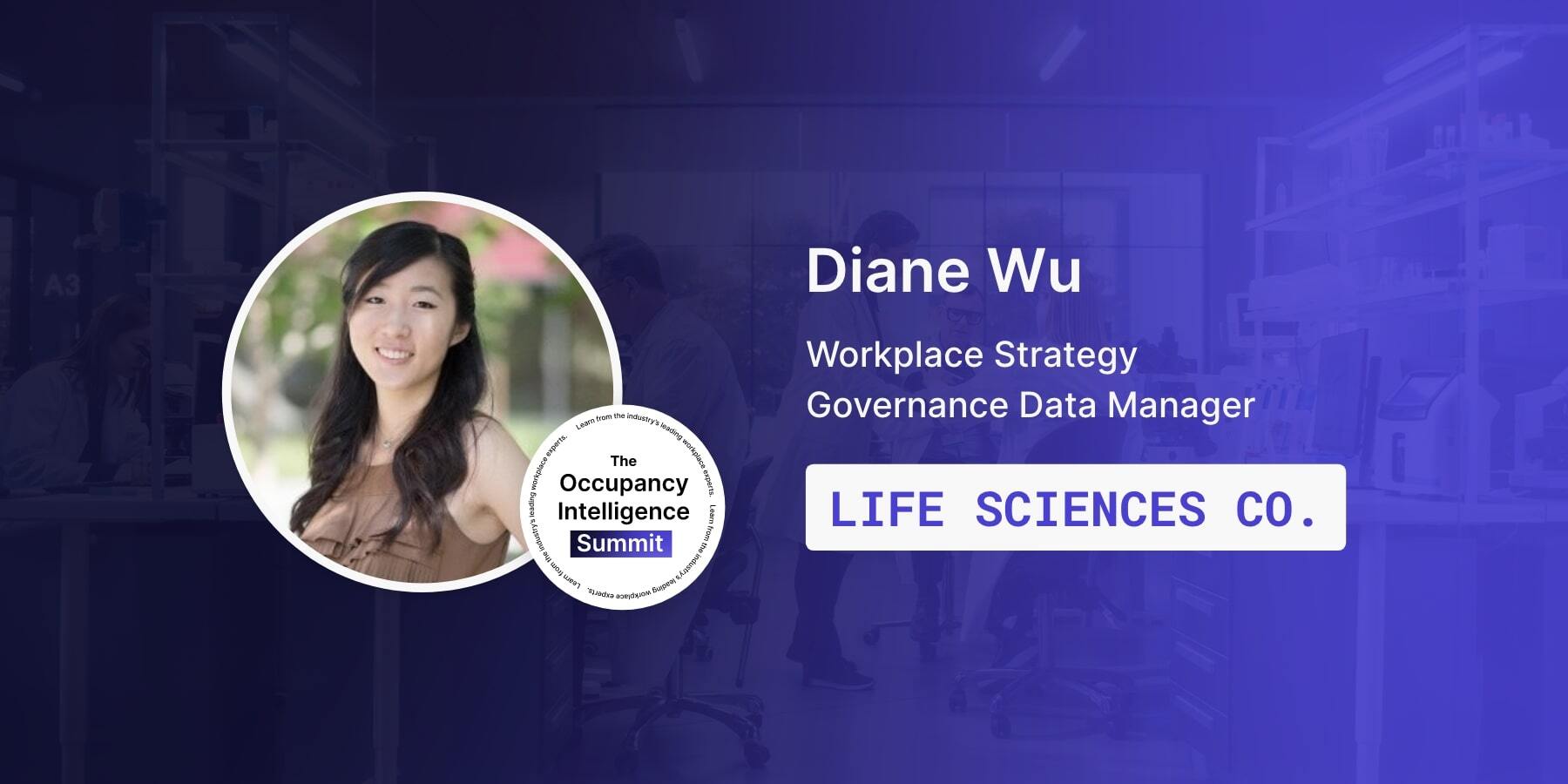Smart Office Design: Fixing Space Shortages with Data

VergeSense is the industry leader in providing enterprises with a true understanding of their occupancy and how their offices are actually being used.
Redesigning your office without understanding occupancy and utilization trends is like starting a journey without a map. You get lost easily. Workplace leaders often rely on anecdotal feedback to make decisions about space planning, but without real data, it’s difficult to ensure offices are optimized for how employees actually use them.
Data acts as a guide, providing the insights needed to make changes that directly align with employee behaviors and needs. Whether you’re looking to improve the workplace experience with innovative space design or increase meeting room availability across offices, occupancy data eliminates the guesswork, allowing organizations to create workspaces that work for how employees prefer to use the spaces.
Not sure how to get started? At the 2nd Occupancy Intelligence Summit, Diane Wu, Workplace Technology and Data Manager at a life sciences company, shared how her team used data-driven decision-making to optimize office layouts, improve space utilization, and create a better employee experience.
Here are three takeaways from Diane’s session to help you use data to design a more efficient and employee-friendly workplace:
1. Aligning Real Estate Strategy with the Hybrid Work Model
Decisions about expanding or reducing office space often come with competing opinions and hesitation. Without concrete occupancy data, these conversations can quickly become emotionally-driven debates rather than informed decisions about workplace design.
Diane Wu encountered this challenge firsthand. With return-to-office policies in place, leaders in one of their office locations were hearing inconsistent feedback about space constraints. However, there was no clear path to determine whether the office was actually running out of space or whether existing resources were simply being used inefficiently.
A major concern was the company’s main lobby and adjacent conference rooms. Diane examined space utilization data to determine whether their three large conference rooms were being used efficiently. The data revealed that each room was occupied for less than two hours per day, making it clear that a redesign was possible without sacrificing essential meeting space.
By consolidating the three conference rooms into one, Diane's team was able to expand the lobby without adding costly real estate, creating a welcoming, hospitality-driven environment that better reflected the company’s brand. The redesign also improved traffic flow, moving check-ins away from the main pathway and creating dedicated waiting areas with seating and coffee stations.
Action Step: Before considering expansion, assess whether existing space is being used efficiently. Occupancy data can reveal underutilized spaces that can be reallocated or redesigned to improve employee experience without increasing costs.
2. Build Trust by Addressing Employee Privacy Concerns
When introducing new workplace technology, especially sensor-based occupancy measurement, employee privacy concerns often arise. Without clear communication, employees may worry that the company is using the data to track individual attendance rather than improving workplace design and strategy.
By proactively addressing privacy concerns, Diane’s team prioritized communications around data anonymity, ensuring employees understood that occupancy data was used to enhance the workplace – not to track attendance.
Action Step: Transparency builds trust. When implementing sensors to collect workplace occupancy data, clearly communicate what is being tracked, how data is used, and what is not being monitored.
3. Gain Leadership Buy-In With Data Transparency
Before starting a design project, one of the biggest challenges is obtaining leadership buy-in. Decision-makers may hesitate to approve changes unless they have clear, data-backed insights to justify the investment.
Diane found that leadership was hesitant to make office layout changes based on anecdotal feedback alone. However, by presenting real-time occupancy data, she was able to demonstrate exactly where inefficiencies existed. This approach shifted conversations from uncertainty to confidence in decision-making.
Action Step: When proposing workplace changes, rely on occupancy data and anecdotal feedback to help get people on your side. Painting a clear picture and highlighting potential impact will help you build trust.
Understand How Your Space is Being Used with Occupancy Intelligence
Occupancy intelligence stands as the backbone of informed decision-making in the modern workplace. In a landscape where adaptability is paramount, understanding how spaces are utilized in real-time not only enhances efficiency but also shapes a dynamic and responsive environment that aligns with the evolving needs of your workforce and your organization. This nuanced understanding empowers workplace designers and occupancy planners to optimize resources, foster employee well-being, and ultimately cultivate a workplace that thrives in the face of change. For the full story and more insights check out the full recording of the 2nd Occupancy Intelligence Summit.
Interested in learning more about preventing space shortages with data-driven decisions? Set up a time to talk with a specialist about your workplace goals.